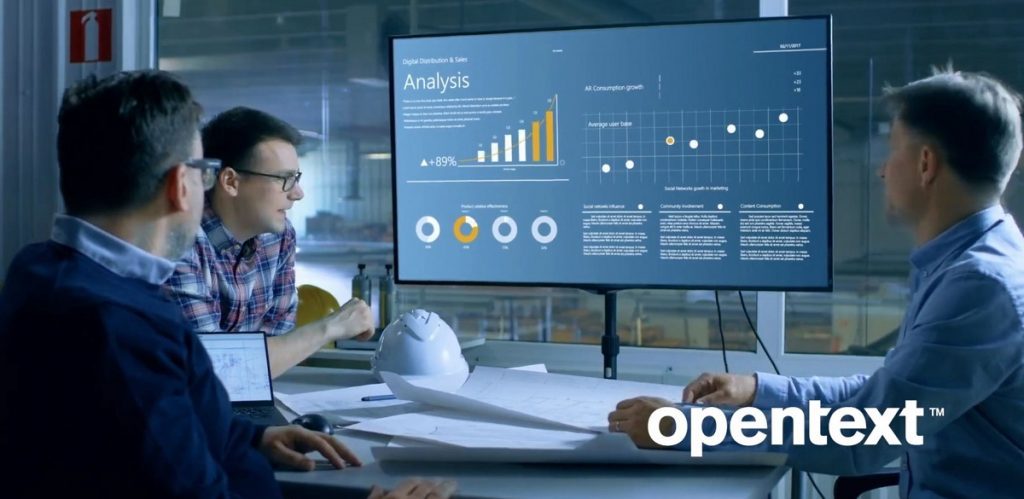When SAP acquired process transformation company Signavio in March 2021, SAP chief financial officer Luka Mucic said it was impossible to “overstress the importance for companies to be able to design, benchmark, improve and transform business processes across the enterprise to support new capabilities and business models.”
As co-founder and former CEO of Signavio, I had spent the last 12 years building a business on this exact argument. As the number of operational systems grew, so did interconnectivity and complexity. Having a background in process design and management, I could see that organisations could only pivot towards new digital business models if they were built on a set of carefully designed and rigorously tested processes.
Process management is not new. For more than 100 years, manufacturers like Ford Motor Company and Toyota focussed obsessively on mapping, designing and optimising processes, gaining huge operational efficiencies as a result. However, the rest of the business world – financial services, telecoms, utilities, retailers – paid little to no attention to the fundamental processes underpinning their organisations.
As companies move to the cloud and look to digitally transform, a majority of transformation projects take longer than expected. These projects stall when there is confusion created by a lack of transparency. Pilots drag on because no one has the confidence to make a positive decision; ineffective legacy processes are built on, not jettisoned. It is perhaps little wonder that 70 percent of these projects are doomed to failure, according to consultancy McKinsey.
Signavio’s rapid growth since its inception is proof of the critical role that process mining, designing, optimising and sharing plays in enabling IT, digital, and business transformation. Our Process Transformation Suite enables companies of all sizes to understand, improve and transform their business processes – fast and at scale – with a cloud-based process management platform, delivering customer and operational excellence.
Prior to the SAP acquisition, Signavio was supporting over one million users
in more than 2,000 organisations and had helped to optimise over two million processes across the globe, bringing together a vibrant community of process professionals who value the power of BPM as deeply as we do.
SAP’s CEO Christian Klein called us in 2020, delivering a number of compelling reasons for Signavio to join SAP.
The company’s 50-year track record of building and delivering business software and services means it has a loyal base of over 450,000 enterprise customers and access to a vast data set and deep industry and process intelligence. SAP customers generate 87 percent of global commerce and 85 of the largest 100 companies in the world are S4/HANA customers. We knew that this wealth of intelligence would amplify our ability to analyse, evaluate, optimise and reinvent business processes, and was a major factor in our decision.
SAP has long been a part of my life. While studying for his PhD at the Technical University of Braunschweig, my father shared an office with Henning Kagermann, a talented German physicist who would go on to become chief executive officer of SAP between 1998 and 2003. While I was at the technology institute founded by former SAP co-founder and board chair Hasso Plattner, I met Signavio’s co-founders with whom I started the business back in 2009. Finally, back in 2014, SAP became one of Signavio’s biggest customers.
In the eighteen months since the deal was first announced, just as Christian envisaged, Signavio has become SAP Signavio, and is an integral part of our transformation as a service offering, RISE with SAP, and fundamental to its future strategy.
As we look ahead to the next 50 years of SAP, we expect SAP Signavio’s portfolio and products to help our customers unlock the promise and potential of a modern digital architecture, yielding the IT agility necessary to support business strategy and provide seamless experiences for customers and employees. Helping our customers take a data-driven, process-centric mindset allows them to cut through the confusion of unlimited responses to an unknowable future, and to manage change with confidence.




